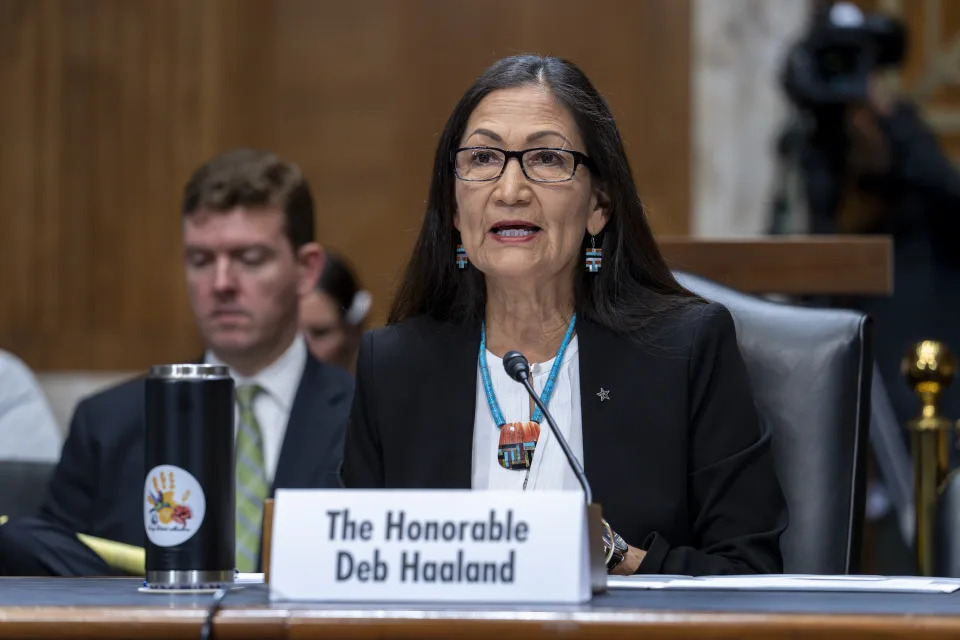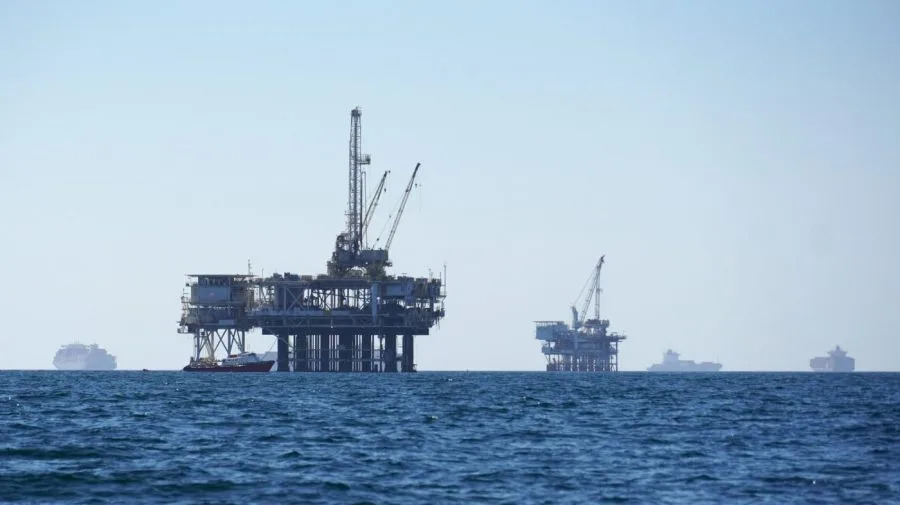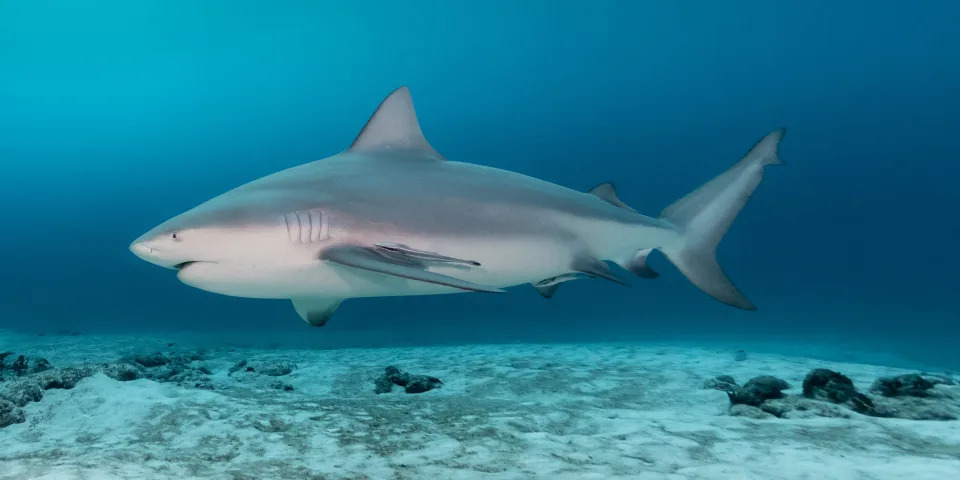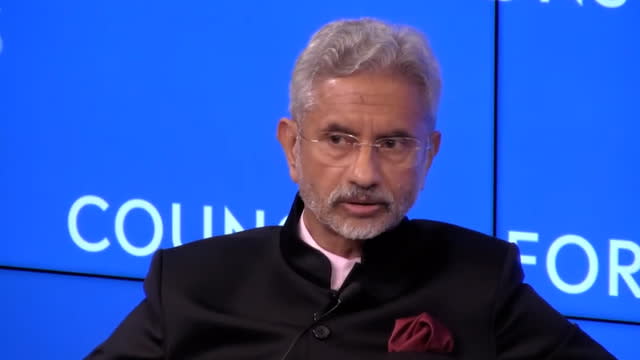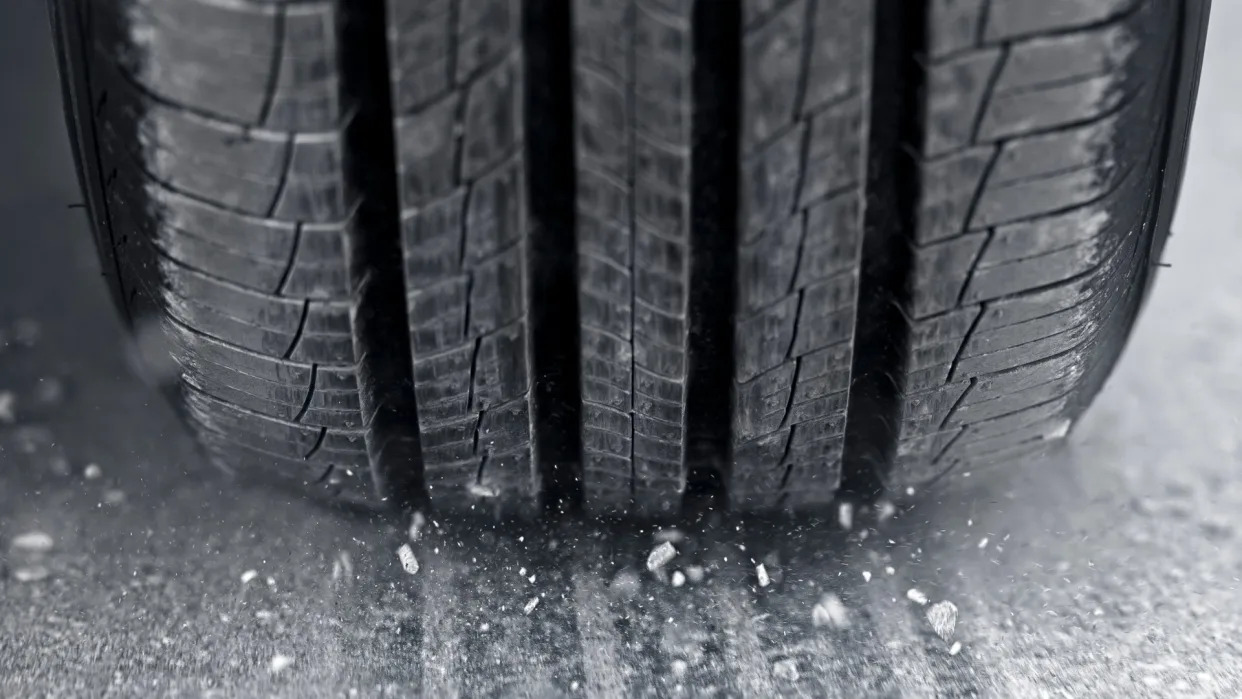How 'green' is New Mexico really? Do recent oil and gas reforms go far enough?
Adrian Hedden, Carlsbad Current-ArgusThu, September 28, 2023
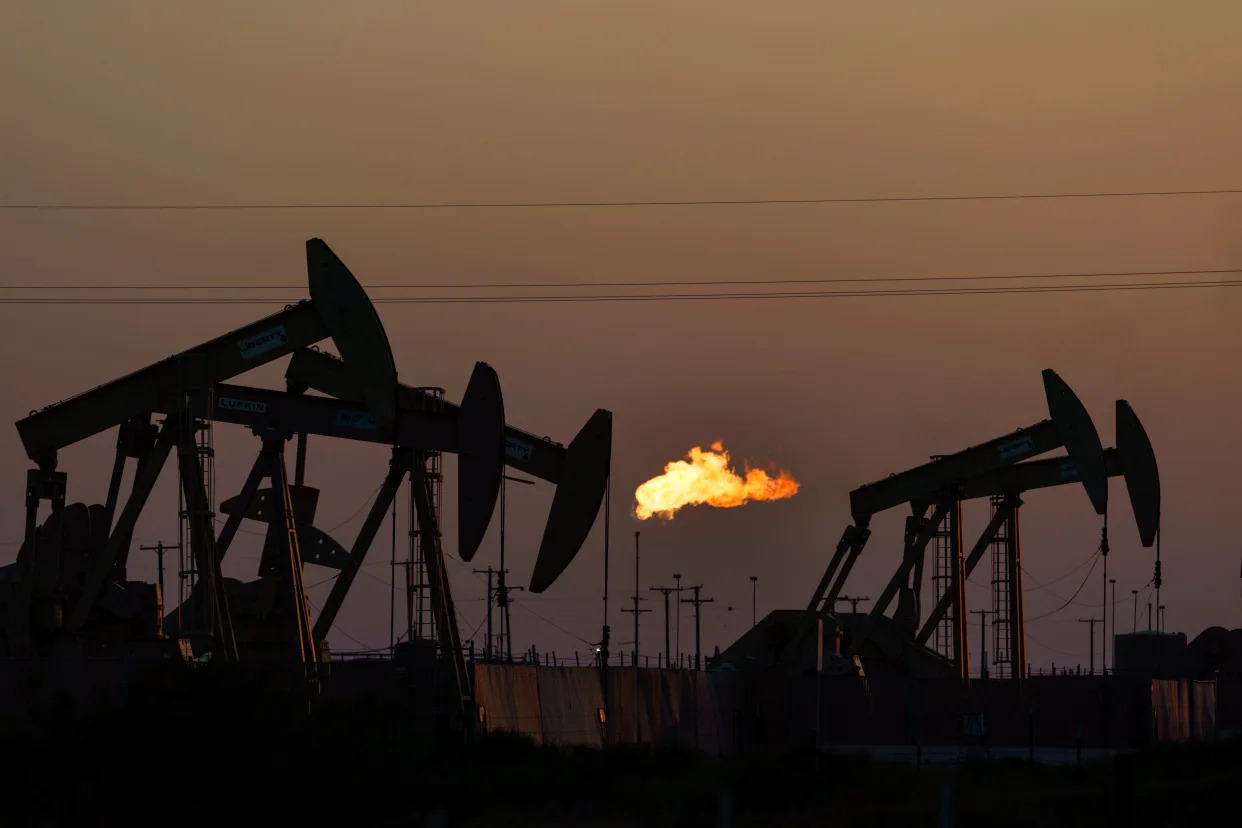
Air pollution from New Mexico’s nation-leading oil and gas industry drove it to be ranked as third-least environmentally friendly state in the U.S., according to a study published on Monday.
The study commissioned by real estate company PortlandRealEstate.com used a combination of the quantity and kinds of emissions present in the state, amount of fossil fuel production and access to nature and water quality. PortlandRealEstate.com is a real estate advisory guide based in Portland, Oregon and southern Washington, made up of brokers and agents, and intended to advise potential homeowners on market conditions.
New Mexico was ranked with the third-lowest score of 35.2 out of 100, behind Louisiana at 34.6 and Mississippi at 33.7.
More: Permian Basin oil production dips although projections show growth in coming years
The study credited New Mexico as having the fourth-lowest water quality, estimating 1.1 million residents in the state were served by contaminated or unsafe facilities.
New Mexico also had the 13th-lowest air quality in the U.S., with some of the highest quantity of fossil fuel emissions in the nation, while it produces more than 9 million short tons of coal each year.
Other oil and gas states like North Dakota and Oklahoma were ranked fifth- and seventh-least green states, the study read, while Texas was ninth.
More: New Mexicans call for end of oil and gas during United Nations climate summit
Texas had the highest carbon dioxide emissions in the country, emitting 624 million tons per year, read the report.
“It is interesting to see how each state has scored in the various factors that contribute to a less green environment,” read a statement from PortlandRealEstate.com. “When deciding where to live or buy a home, a greener environment is a deciding factor for many.”
New Mexico leads in oil production, but at what cost?
New Mexico’s high ranking was likely due to its position as the second-highest producer of crude oil in the U.S. after Texas, with which New Mexico shares the Permian Basin – the U.S. busiest onshore oilfield.
More: Oil drilling could be blocked from southeast New Mexico cave system. Here's how to object.
Last year, New Mexico produced about 1.6 million barrels per day (bpd), according to the latest data from the Energy Information Administration, more than doubling in the last five years from about 683,000 bpd in 2018.
Oil and gas usually make up about a third to half of New Mexico’s state General Fund revenue and was largely responsible for a $2.2 billion growth in General Fund revenue for Fiscal Year 2023 through May, according to the latest analysis from the Legislative Finance Committee.
That marked a 25.7 percent increase compared to the same date range a year ago for the latest total of $10.6 billion, the report read.
More: $1.2 billion in Permian Basin oil and gas assets sold to Vital Energy as region leads US
“The state’s revenue strength is due to many factors, including persistently high inflation and a tight labor market, though most revenue strength appears attributable to oil and gas as production has continued to soar,” read the report.
But the economic growth brought on by oil production also brought concerns for environmental impacts.
New Mexico’s southeast Permian Basin region was being considered for a “non-attainment” designation of the National Ambient Air Quality Standard (NAAQS) for ground-level ozone by the U.S. Environmental Protection Agency.
More: New Mexico struggles to meet pollution goals, study says, despite oil and gas restrictions
That would mean the area was in violation of the standard, adding restrictions to future permitting that could ultimately stymie future fossil fuel production.
Ground-level ozone, a cancer-causing greenhouse gas, is formed by volatile organic compounds (VOCs) largely emitted from oil and gas operations, when the chemicals interact with sunlight.
In an attempt to limit air pollution emissions, the New Mexico Environment Department in 2022 enacted new rules to increase requirements for leak detection and repair at oil and gas facilities in the Permian Basin, focusing on the emission of VOCs.
More: Permian Basin adds oil and gas rig after months of declining output in New Mexico, Texas
That followed rules enacted in 2021 by the State’s Oil Conservation Division to require all fossil fuel operators capture 98 percent of produced gas by 2026 and banned the routine use of flaring or the burning off of excess gas.
Do state, federal oil gas rules go too far, or not far enough?
Despite these regulatory strides in increasing environmental regulations on the oil and gas industry, activist groups said the State should do more to reduce its impact on climate change by shifting quickly away from fossil fuels.
Amid the recent United Nations Climate Ambition Summit last week in New York City, Melissa Troutman with Santa Fe-based WildEarth Guardians said continued extraction in New Mexico would lead to worsening health problems for front-line communities along the oilfields.
More: $1B oil and gas deal coming in Permian Basin despite slight dip in forecast oil production
“There is absolutely, without a doubt, no future for anyone without an end to the extraction and burning of fossil fuels – quickly,” she said. “Our elders and our children are riddled with strange diseases and cancers that health professionals are just now linking to the extraction of fossil fuels.”
Mariel Nanasi of New Energy Economy said the state had strong potential for renewable energy and would be ideal to lead a national transition away from fossil fuels.
She criticized Gov. Michelle Lujan Grisham’s efforts to incentivize hydrogen power development, an energy supply Nanasi said still required the use of extracted natural gas.
More: Oil and gas is 'deforming' New Mexico's land, study says, as drilling set to grow
“New Mexico is blessed with abundant solar and wind resources but rather than actualize that potential too often politicians have pandered to the financial pressure of their donors, especially the oil and gas industry, and promoted false solutions like dangerous hydrogen and carbon capture and sequestration,” she said.
Despite outcry from the environmental community that government action didn’t go far enough, industry groups charged that regulations went too far in limiting fossil fuel production and thus threatening economic stability.
In response to the Bureau of Land Management’s recently proposed oil and gas leasing reforms, Western Energy Alliance President Kathleen Sgamma said the regulations were the latest in an effort by the federal government to stymie American energy production.
More: Oil and gas industry adds billions to New Mexico's budget as economists warn of volatility
The rules would increase royalty and rental rates oil and gas companies pay to operate on public land, while also requiring environmental analysis of proposed oil and gas land leases consider climate change impacts for approval.
The agency also sought to increase requirements for bonding of oil and gas wells, which operators pay into to fund the cleanup of wells should they be abandoned on federal land.
The Alliance estimated these regulations would increase energy costs for Americans by $1.8 billion.
“BLM is discouraging companies from wanting to develop federal oil and natural gas by pricing small businesses and entrepreneurs out of the market and increasing energy costs for Americans,” Sgamma said in a Monday statement.
“The proposed rule contains significant measures designed to impede, impair, and disincentivize oil and gas development on federal land.”
Adrian Hedden can be reached at , achedden@currentargus.com or @AdrianHedden on X, formerly known as Twitter.
This article originally appeared on Carlsbad Current-Argus: New Mexico ranks as third-least environmentally friendly state

